The pilgrimage to Moulay Idriss and Roman Volubilis – Morocco
The road from Chefchaouen to Moulay Idriss Zerhoun passed through a mountainous region with small forested mountains. From time to time, the serpentine road crossed a mountain pass with ample views. A flock of weak sheep grazed on a hill in the shade of some trees.
In Ouezzane, I had to cross the town three times until I found the right exit toward Meknes. On the outskirts of the town, a Moroccan waved at me the classical sign for selling hashish, cannabis, or marijuana. Further on, I couldn’t find any decent place to eat en route. I felt embarrassed to eat at a restaurant where Moroccan men stared at me while enjoying their tea, so I arrived in Moulay Idriss very hungry.
In Moulay Idriss, I couldn’t find the accommodation on GPS, and I got lost somewhere on the outskirts of the town. I parked at the entrance to the medina and asked the name of the gate at a nearby shop. Then, I called the guesthouse, spoke a combination of French and English, and told them I sat in front of Bab Zar – one of the entrance gates to the medina. The lady on the phone said: “Ok, ok, wait, wait!”
While I was waiting in front of Bab Zar, a Moroccan woman wearing a black gallabia and a black hijab on her head approached me. She beckoned me to join her and repeatedly said: ‘Kasbah Senhaji, Kasbah Senhaji’ (the name of the place where I had booked a room). She immediately recognized me as I was the only tourist. However, I would have never known whom I had to meet as all women looked the same for me. She encouraged me to drive through the crowded souq, full of donkeys and people – something I would have never dared to do by myself. Near Kasbah Senhaji, my host showed me a big parking lot, where I could safely park the car in exchange for little money. Moroccans parked their donkeys there, too.
At the guesthouse, the landlady struggled to carry my luggage upstairs. She put me up in a nice room with beautifully decorated curtains and a wonderful tadelakt on the walls (my favorite finishing). The landlady’s son seemed a bit handicapped. He always murmured something in Arabic, but nobody listened to him. In the afternoon, I ordered skewers and salad from the guesthouse’s menu even though they cost almost double than in a simple eatery. I enjoyed my late lunch on the terrace in front of my room. There, I met a gentleman from Rabat, Allal Driss, who stayed at the guesthouse until he would complete the restoration works at his holiday house in Moulay Idriss.
Moulay Idriss, the first day – Volubilis and the old medina
Short Description. In the first part of the day, I went to the archaeological site of Volubilis. After a quick lunch, I returned to Moulay Idriss, where Zakariae took me to the panoramic lookout.
Long Description.
In the morning, I went to Volubilis – the best-preserved archaeological site in Morocco, listed as a UNESCO heritage site. Volubilis stood a few kilometers from Moulay Idriss. I argued a little with the guardians from the entrance gate because they didn’t want to accept my ICOMOS card. Eventually, they let me inside as they didn’t have small change to give me the rest to 200 dirhams. They told me to change money inside the archaeological site – among the ruins?! A dozen guides happily approached me after I entered the site, but I ignored all of them.
Volubilis was the largest Roman city in Morocco, surrounded by walls and gates, with a decumanus maximus (the main street in Roman cities) well-defined and visible. The Roman town was built on the ruins of an older Mauritanian town that later prospered and developed during the Roman Empire. At the end of the Roman period, houses were built on the outskirts of the city. You could see Roman mosaics preserved in the patricians’ houses, in the baths, and in the basilica. The site seemed quite large and it took a few hours to explore it, especially if you wanted to walk up to the Tangier Gate, which was quite far.
The site of Volubilis included the house of Orpheus, restored olive-oil presses, the Galen Thermal Baths, the Capitol dedicated to the Triad of Jupiter, Juno, and Minerva, a basilica, a forum, a bakery, the House of the Acrobat, a triumphal arch, the House of Ephebe, the House with Columns, the House of the Rider – with mosaics representing the 12 Labors of Hercules, the typical decumanus maximus, the House of Dionysus and the Four Seasons, the House of the Bathing Nymphs, the House of the Great Game, the Gordian Palace, the Gate to Tangier, the House of Venus, the Roman aqueduct, and a public fountain.
Before leaving Volubilis, I went to the outdoor terrace next to the archaeological site and had a very nourishing lentil tajine. In Moulay Idriss, I parked the car next to the donkeys in the parking lot of the kasbah, then I went for a walk through the old medina.
The most important place of pilgrimage in Morocco, Moulay Idriss had been a closed-city to non-Muslims for a long time. Recently, however, restrictions had been lifted and locals had begun to open small guesthouses for foreign tourists. In August, the largest moussem (pilgrimage) in Morocco took place there, at the tomb of the great founder of the city – the Great Idriss (a nephew of the Prophet Mohamed, the founder of the country’s first dynasty – the Idrissids dynasty and the most revered saint in Morocco). It was said that five pilgrimages to Moulay Idriss during moussem were equivalent to a haj to Mecca. Those who couldn’t afford to go to Mecca in a lifetime could use the moussem as a substitute.
The old medina sat practically crammed on a hill, with narrow streets with steps where motorcycles didn’t have access, so it was very quiet. Moulay Idriss seemed a pretty small town. It consisted of a main lane along which all stalls and restaurants lined up – the street leading to the central square of Mohamed VI, where the Great Mosque and the tomb of Idriss stood.
In the main square, you could only look inside the mausoleum through a metal fence. I was not allowed to enter inside as I was not Muslim. A young Moroccan – Zakariae, approached me in front of the mosque. He wanted to show me the town. I told him I knew he would ask me for money at the end of the tour and that I didn’t like this habit in Morocco. At least, we could agree on how much to pay him from the beginning. “No“, he said. He would take me on a free tour because I was beautiful.
Indeed, Zakariae took me to all the lookout places with great views over the town. I would have never found them by myself in the labyrinth of alleys in the medina. Somewhere at a small terrace, he picked up several purple flowers specific to Volubilis, then offered them to me in a very romantic style. Zakariae studied French literature, spoke English well, and behaved very politely. He was not religious and didn’t go to the mosque every day. He had already understood that religion would restrict him too much. Zakariae wanted to do something better with his life and, for him, chatting with tourists was a way to learn a new mindset.
After I parted with Zakariae, I went to explore the other part of the medina by myself. Crowded houses, narrow sloping streets, and, from time to time, a small shop packed with everything – especially gas bottles. The medina in Moulay Idriss was not as picturesque as other medinas in Morocco. Many houses had shriveled plaster and you could see lots of garbage in the street. Skinny cats begged for food at every street corner. Children sitting at the windows shouted to me “Hello!” and “Welcome!”. Girls coming out from school were dressed in white robes. A donkey tied up to a pole in the main square seemed sad because its owner had left it alone. I sat with it for a while and cuddled its nose. The donkey scratched with a hoof, then yawned, and came to smell me.
I returned to the main street and sat at a terrace where I had a vegetable tajine while I was watching Moroccans passing by with their mules full of goods – a striking contrast with a truck full of merchandise passing by as well. Elderly men socialized over tea at a pavement terrace on the other side of the street.
Sitting on the platform of the kasbah, I noticed the bustle of the main street and souq. A boy ate something, wiped his mouth with a paper, then naturally dropped it to the ground. Even though there were rubbish bins on the streets, people didn’t use them too much in Morocco. You could see a lot of rubbish on the street.
Moulay Idriss, the second day – the Roman aqueduct
Short Description. Allal showed me one of the oldest Roman aqueducts in Morocco, near Moulay Idriss. In the afternoon, I arrived in Meknes, where I had a hard time finding my booked accommodation.
Long Description.
On the last morning in Moulay Idriss, Allal showed me some pictures with old graffiti in the city, and one of them represented an aqueduct. I remembered seeing it drawn somewhere on the walls of the medina. Allal confirmed to me that the aqueduct was real, and we could go and see it. It stood in the Oued el-Mayit Valley (the River of Death in Arabic), somewhere at the exit of the city.
Allal was 70 years old, and he worked as a teacher and translator of Arabic-French for UNESCO in Rabat all his life. He had retired and wanted to move back to his hometown, Moulay Idriss, where he was restoring his old house. He said the city was quiet compared to Rabat. People met in the street and talked without rushing. Indeed, I also noticed how long it took him to chat with several people before we went to the aqueduct.
We exited the town and drove along a forestry road looking for the aqueduct. Allal hadn’t been there since his childhood. He asked a local who told us we had to go back a little and, somewhere on the left, we would see the aqueduct at the edge of the valley. We parked the car and looked for the aqueduct. Somewhere deep inside the valley, we saw an enormous Roman aqueduct of rare slenderness.
Even though it seemed impeccably preserved, no other tourists knew about the aqueduct. The aqueduct was gigantic, with two levels of arches spanning over the valley. The surroundings seemed pretty deserted, with a lot of garbage around, but Allal appreciated it as the perfect place to make a barbecue.
I took a picture of Allal in front of the aqueduct and later sent it to him by email. He said he enjoyed it a lot. He even told me I could come to stay in Rabat at his place anytime, and, I supposed, I was welcome in his future house in Moulay Idriss as well. When we returned to Moulay Idriss, I dropped him in the city center, and after that, I continued toward Meknes.
The road to Meknes was pretty short, less than 100 kilometers. It crossed both arid and forested hills, with neatly organized green crops. In Meknes, the GPS led me to a completely different part of the medina than where I booked my accommodation. I parked and walked a bit to find Riad Ma Boheme, but I eventually ended up in some dead-end streets. It was too much for me. I declared myself lost, called the number on the booking, and the landlord of the riad told me someone would come to pick me up.
I waited for almost one hour for David to come to Avenue du Mellah. While searching for me, he asked me to put on the phone a stranger who passed by and who explained to him where I was. After we met, we drove around the medina, and David showed me where to park in the central square (20 dirhams per day) for two days. Then, we walked to his riad in the heart of the medina, located at the edge of some narrow winding streets.
David was a French guy who married a Moroccan woman, Amal. They ran an imposing riad in Meknes and took care of it day and night. They served me Moroccan tea, and David drew a sketch of the old city with places to visit. He didn’t even want to hear that Lonely Planet recommended other sights as well.
My room at Riad Ma Boheme was small, but it had a partial floor I liked and where I chose to sleep. The riad had a beautifully decorated rooftop terrace with wrought iron sofas and ornamental vegetation, while the sides of the terrace were protected by textiles creating a pleasant shade. The ground floor had an inner courtyard open at the top, and you could even see the sky. The public space had many sofas and it also included a small corner with an authentic Berber tent.
If you want to read more about the road trip through Morocco, here are all the Travelogues from Morocco (x21).
Have you been to Morocco or plan to go there? Leave a comment below this post and tell me what you liked in Morocco or what you want to see there.
Want to subscribe to my travelogues? Just leave your email in the subscription form below, and you’ll be notified when I publish a new post.
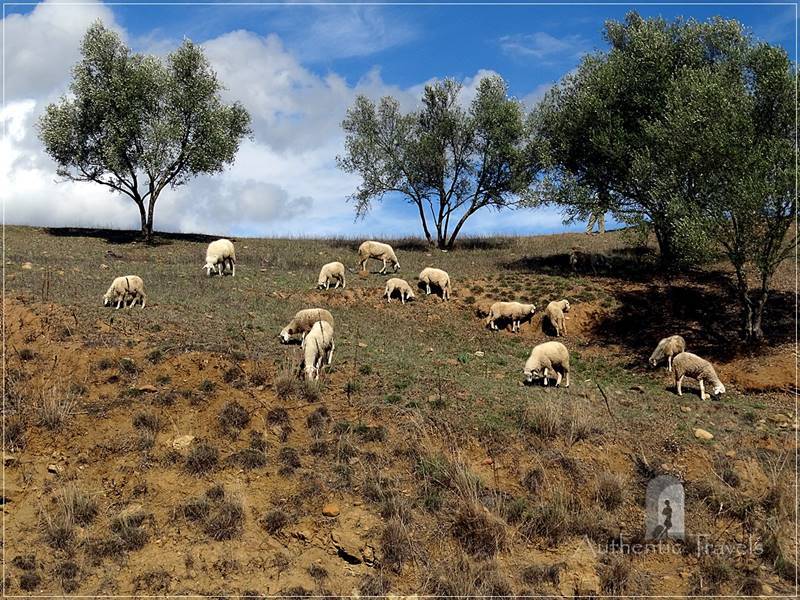
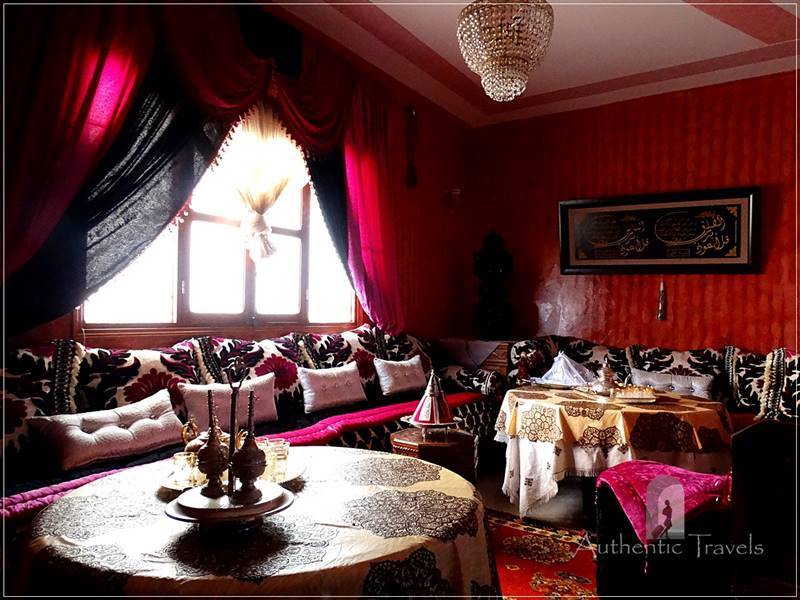
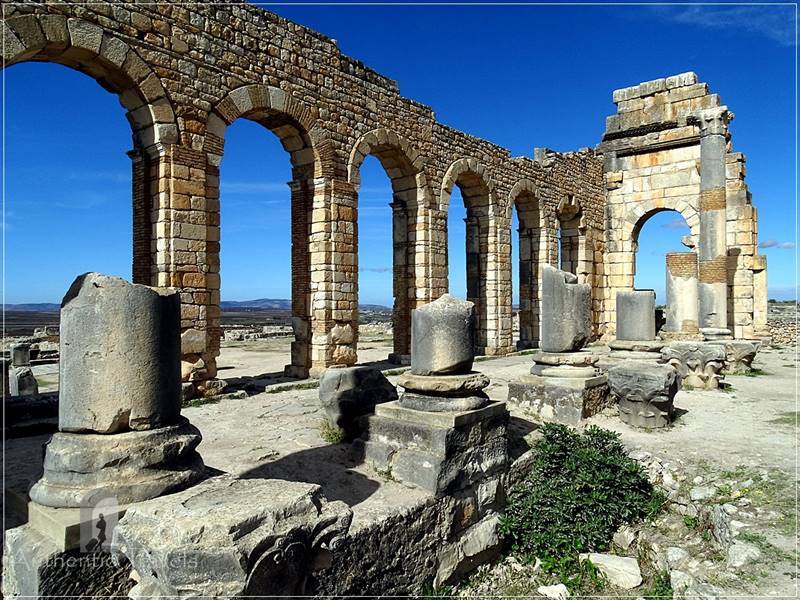
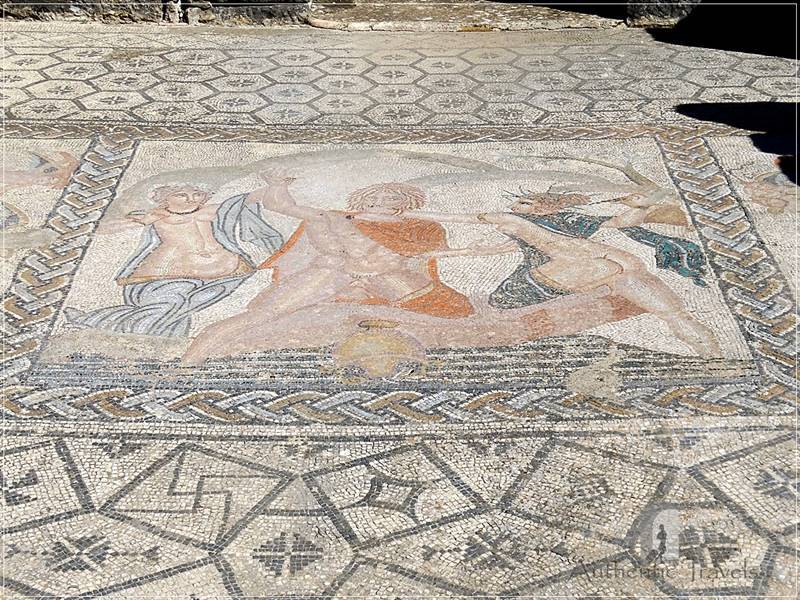
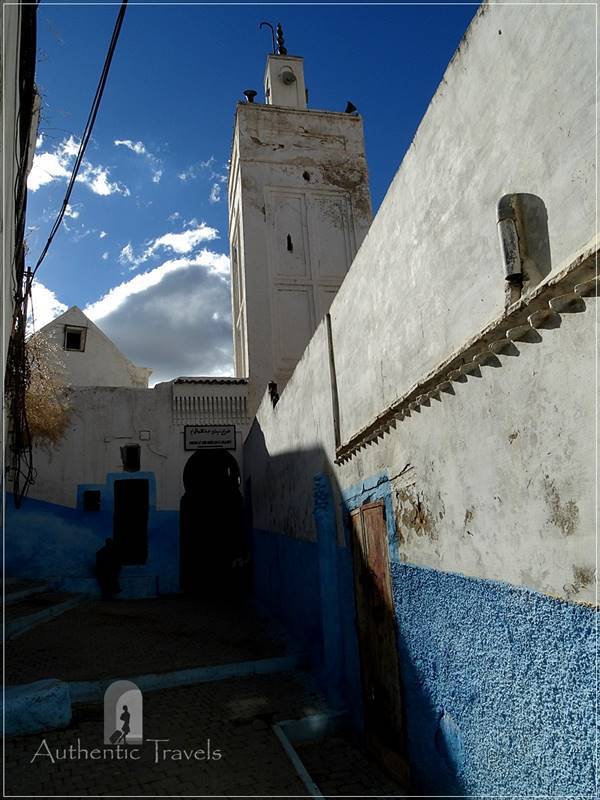
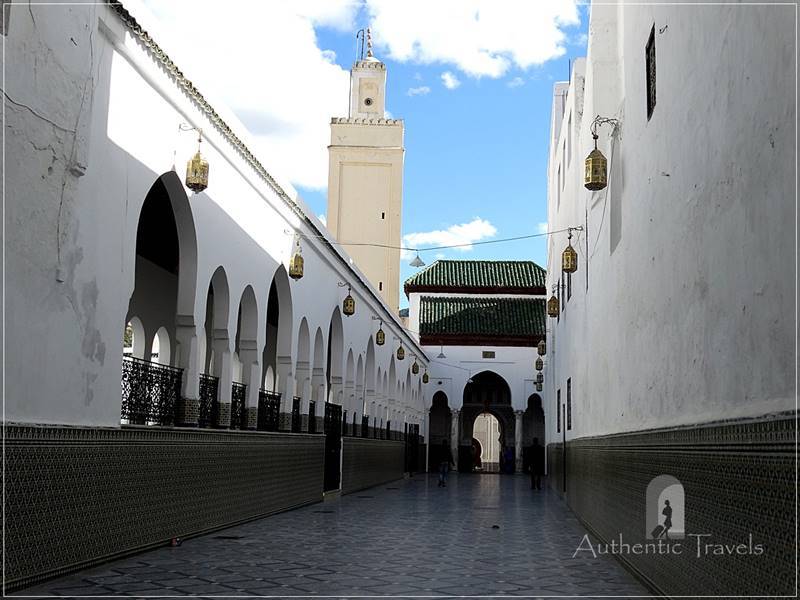
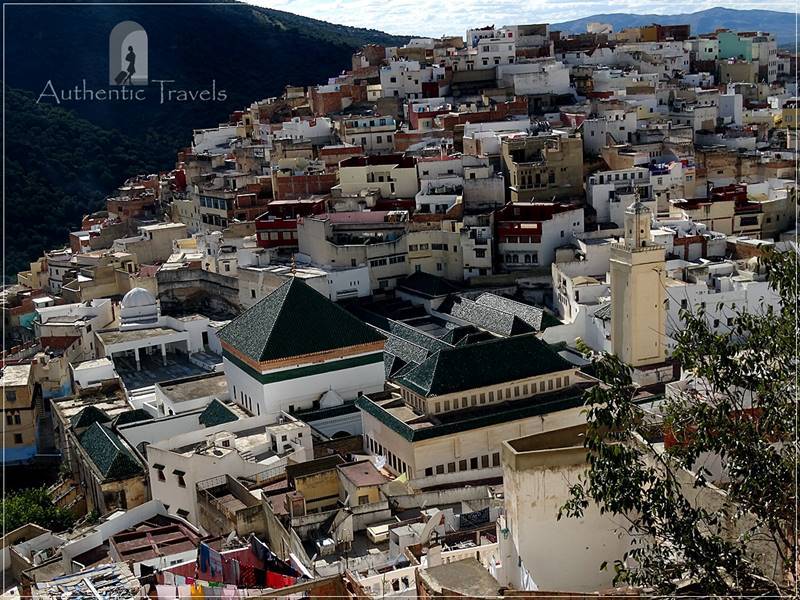
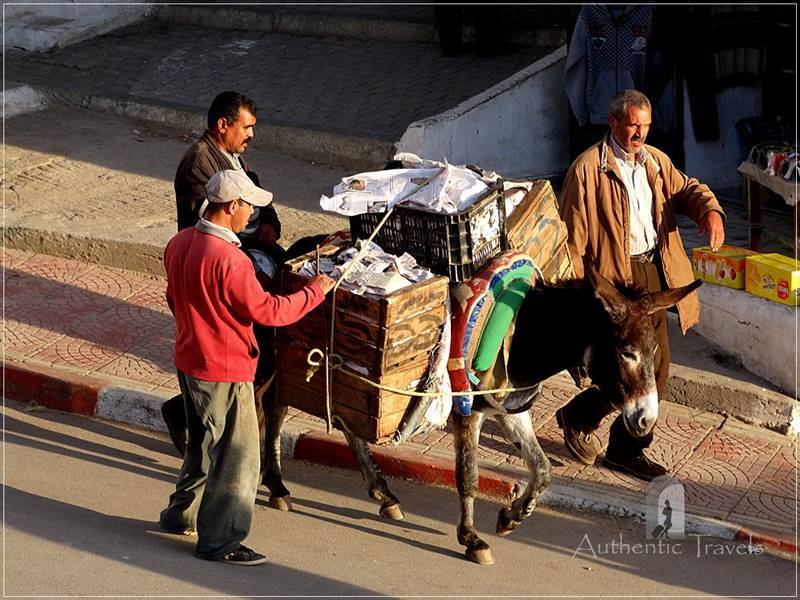
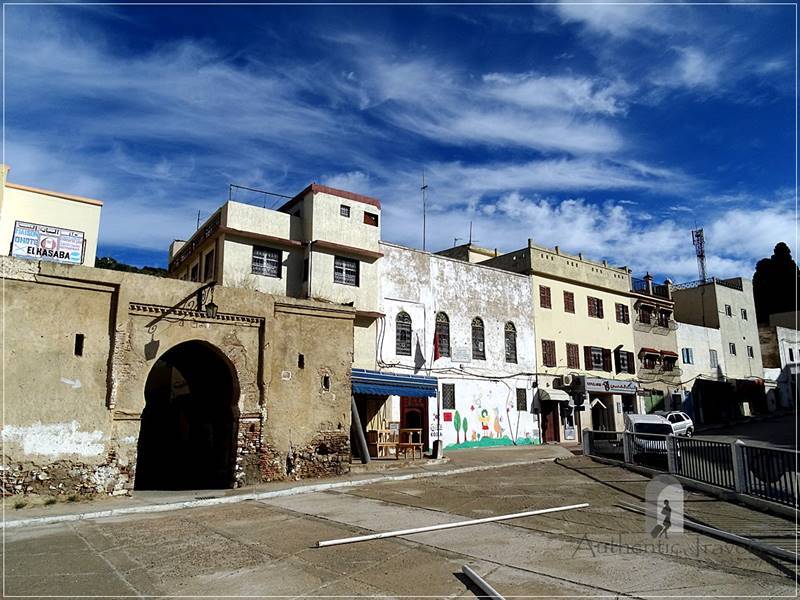
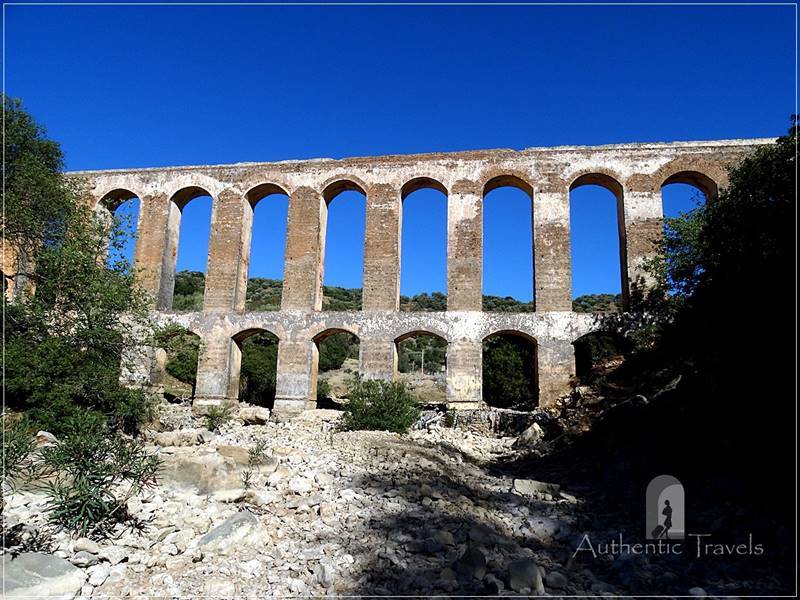
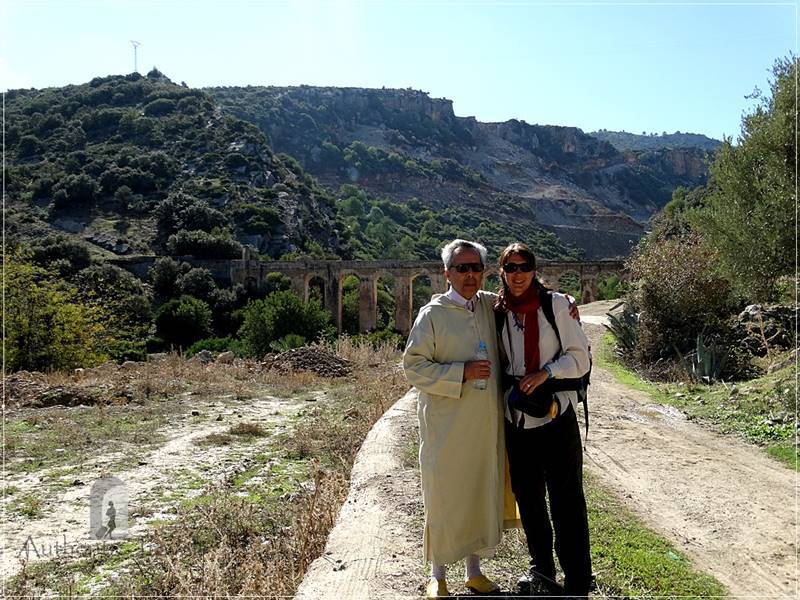
You can certainly see your enthusiasm in the work you write. The world hopes for even more passionate writers like you who are not afraid to say how they believe. Always go after your heart.